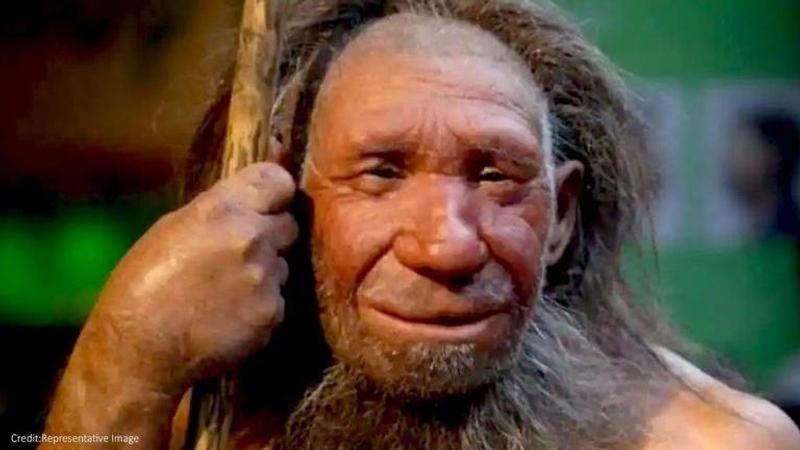Published 20:56 IST, March 23rd 2021
Researchers may have found true origins of 'Hobbit' species: Study
The Hobbit species that lived in Southeast Asia 50,000 years ago may be closed to modern humans, according to the new study.

Advertisement
The Hobbit species that lived in Southeast Asia 50,000 years ago may be closed to modern humans, according to the new study. The study has been published in Nature Ecology and Evolution. According to the study, when modern humans arrived in the islands of South East Asia, they may have encountered a range of ancient human species.
Discovery of Hobbit species
The Hobbit species are known to have survived until approximately 50,000–60,000 years ago in the cases of Homo floresiensis and Homo luzonensis. Homo erectus have survived for approximately 108,000 years, which means they may have overlapped with the arrival of modern human populations. Fossil evidence of these two species suggests that these island dwelling were not taller than around 3 feet and 7 inches, a possible consequence of dwarfism.
Scientists further said that dwarfism was a product of an evolutionary process over time that shrank the species due to the unavailability of resources. The new paper led by Joao Teixeira from the University of Adelaide confirmed the interbreeding between the Denisovans and modern humans. The new paper co-authored by anthropologist Chris Stringer from the Natural History Museum in London suggested that modern humans interbred with Denisovans but not with Homo Floresiensis and Himo luzonensis.
Scientists studied the DNA of 400 modern humans of which more than half were of Island South-East Asia ancestry. Dr. Joao Teixeira said that the research team searched for key genetic signatures indicate of interbreeding events related to "deeply divergent hominin species". He further added that Island Southeast Asia is the "most geographic region where such events could have occurred due to the presence of Homo Floresiensis and Homo Luzonensis. Dr. Joao Teixeira said,
"In contrast to our other cousins the Neanderthals, which have an extensive fossil record in Europe, the Denisovans are known almost solely from the DNA record. The only physical evidence of Denisovan existence has been a finger bone and some other fragments found in a cave in Siberia and, more recently, a piece of jaw found in the Tibetan Plateau."
Co-author Prof Chris Stringer of the Natural History Museum added that the known fossils of Homo erectus, Homo Floresiensis and Homo Luzonensis might seem to be in the right place and time to represent the mysterious ‘southern Denisovans’. Their ancestors were likely to have been in Island Southeast Asia at least 700,000 years ago. Co-author Professor Kris Helgen, Chief Scientist and Director of the Australian Museum Research Institute said that these analyses provide an important window into human evolution in a fascinating region and demonstrate the need for more archaeological research in the region between mainland Asia and Australia. He added that this research illuminates a pattern of ‘megafaunal’ survival which coincides with known areas of pre-modern human occupation in this part of the world. Dr. Joao Teixeira said,
‘The research corroborates previous studies that the Denisovans were in Island Southeast Asia, and that modern humans did not interbreed with more divergent human groups in the region."
(Image Credit: Representative Image)
20:56 IST, March 23rd 2021



